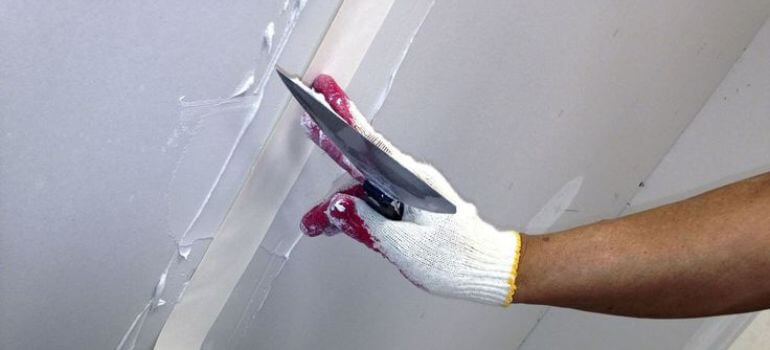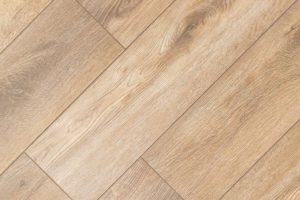Drywall painting can transform the look of a room, giving it a fresh and polished appearance. However, painting over damp or improperly dried drywall can lead to a myriad of problems, including bubbling, peeling, and even mold growth. Therefore, it’s crucial to allow sufficient time for the drywall to dry completely before applying any paint.
Introduction to Drywall Painting
Drywall, also known as gypsum board or plasterboard, is a common building material used for creating interior walls and ceilings. Once installed, drywall typically requires finishing, which includes applying joint compound, sanding, and priming before painting. While painting may seem like the final step, it’s essential to ensure that the drywall is adequately dried to avoid potential issues down the line.
Importance of Proper Drying Time
Proper drying time is essential for several reasons. Firstly, painting over wet or damp drywall can trap moisture beneath the paint surface, leading to blistering and peeling. Additionally, moisture trapped within the walls can create an ideal environment for mold and mildew growth, posing health risks and requiring costly remediation efforts.
Factors Affecting Drywall Drying Time
Several factors influence how long drywall takes to dry before painting:
Humidity Levels
High humidity levels can prolong the drying process significantly. Moisture in the air slows down the evaporation of water from the drywall compound, extending the overall drying time.
Temperature
Warmer temperatures facilitate faster drying times, while cooler temperatures can slow down the process. Ideally, drywall should be allowed to dry in a climate-controlled environment with temperatures ranging between 50°F to 70°F.
Ventilation
Proper ventilation is crucial for expediting the drying process. Adequate airflow helps moisture evaporate more quickly, reducing drying time.
Recommended Drying Time Before Painting
In general, it’s recommended to allow drywall to dry for at least 24 to 48 hours before painting. However, drying times can vary depending on various factors, such as humidity levels, temperature, and the thickness of the drywall compound.
How to Determine If Drywall is Ready for Painting
Before painting, it’s essential to ensure that the drywall is fully dried. One common method is to visually inspect the surface for any signs of moisture or discoloration. Additionally, you can use a moisture meter to measure the moisture content of the drywall. A moisture content of less than 1% is typically considered acceptable for painting.
Steps to Ensure Proper Drying Before Painting
To ensure that your drywall is adequately dried before painting, follow these steps:
Consequences of Painting Before Drywall is Ready
Painting over improperly dried drywall can lead to various consequences, including:
Common Mistakes to Avoid
To avoid problems associated with painting over wet or damp drywall, avoid the following common mistakes:
Additional Information to Enhance Drying Process
In addition to the steps mentioned above, there are a few more tips you can follow to enhance the drying process of drywall before painting:
Additional Tips for Optimal Drying
FAQs
Drywall typically takes 24 to 48 hours to dry before painting, but drying times can vary based on environmental factors.
Yes, you can speed up the drying process by increasing ventilation, using fans or dehumidifiers, and maintaining optimal temperature levels.
Painting over wet or damp drywall can lead to issues such as blistering, peeling, and mold growth.
Yes, sanding the drywall smooths out imperfections and ensures a smooth paint finish.
Using a primer specifically designed for fresh drywall can help seal the surface and expedite the drying process.
Conclusion
Properly drying drywall before painting is crucial for achieving a professional and long-lasting finish. By allowing sufficient drying time, maintaining optimal environmental conditions, and avoiding common mistakes, you can ensure successful results and avoid potential issues down the line.



